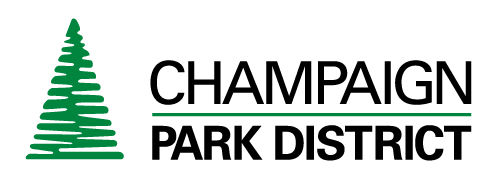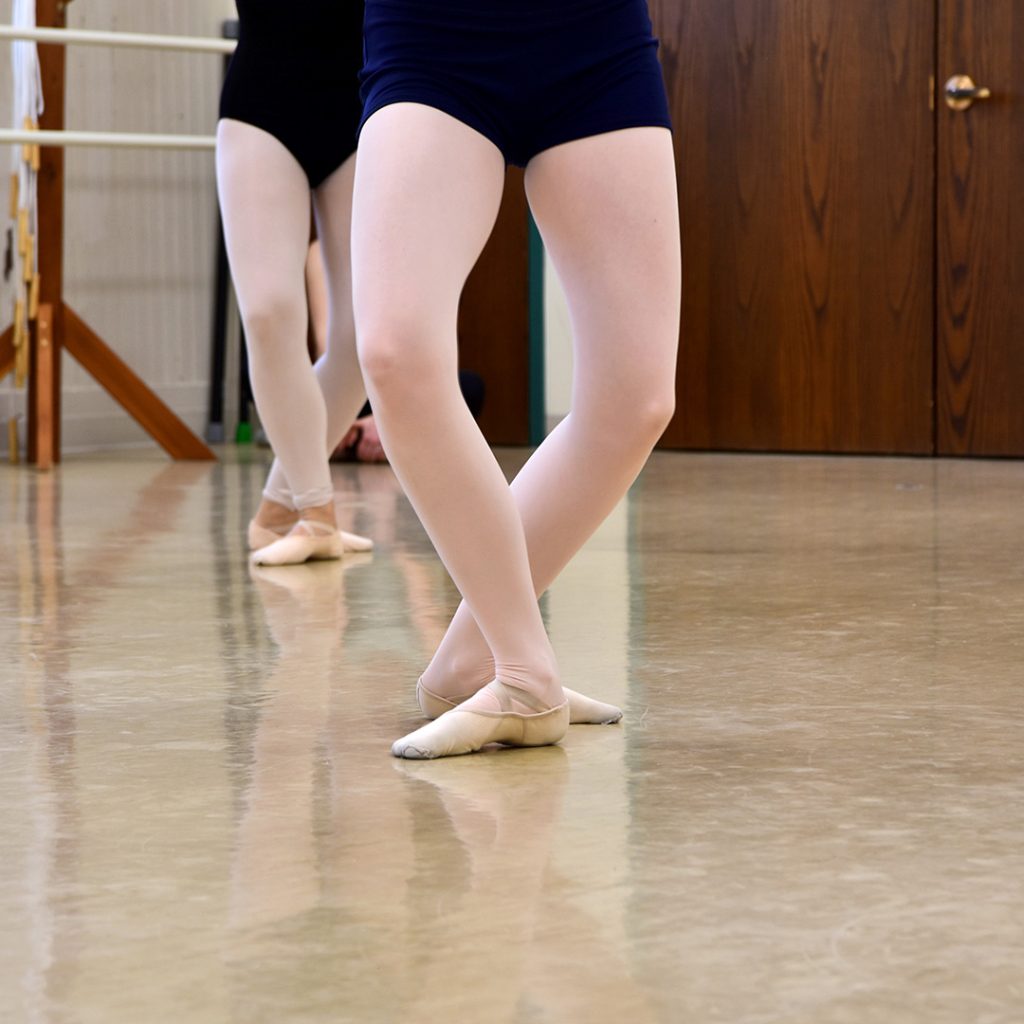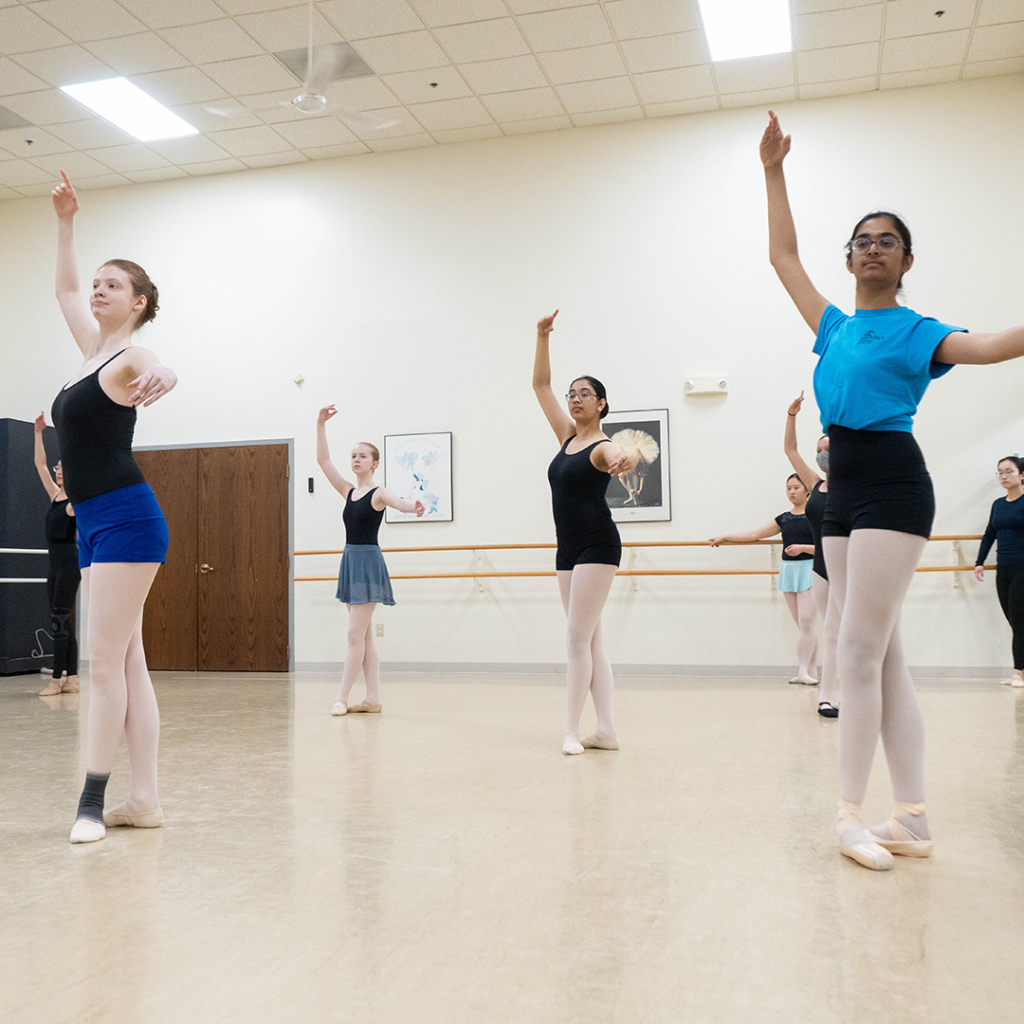Ballet
BALLET 1
Ages 6-12
In Ballet 1, students will begin the transition into a formal ballet class. Training will continue to develop the student’s physical skills and core strength, stamina, creativity, expression, and musicality using a range of sounds and musical styles. Students should be able to respond to the elements of music and perform expressively. Students should also be able to demonstrate competency in both fine and gross motor skills, as well as demonstrate the mental preparedness to move on to more formal ballet technique classes. Engaging in correct ballet technique will become a focus within the classroom.
BALLET 2 and 3
Ages 7-12
Ballet 2 and 3 are the steppingstones toward demonstrating consistent use of consolidated technical skills, with the expectation of working for an increased range of movements and sequences of increased length and complexity. Students will learn how to apply their fundamental technique to new steps that require extra attention to detail.
Students will start this class as a Ballet 2, once they have proved their technical abilities after evaluation, students will continue as a Ballet 3 which will allow extra training privileges and complexity to exercises.
BALLET 4 and 5
Ages 8-17
Ballet 4 and 5 students will begin broadening their ballet vocabulary and will be expected to utilize correct terminology in discussion during ballet class. Efforts in this class are geared toward building upon technique and increasing the ability to use the muscles within the body correctly to direct movement, as well as interpreting the music that is heard and expressing those qualities through the choreographed exercises.
Students will start this class as a Ballet 4, once they have proved their technical abilities after evaluation, students will continue as a Ballet 5 which will allow extra training privileges and complexity to exercises.
BALLET 6 and 7
Ages 11+
Ballet 6 and 7 students should have a solid foundation of ballet terminology and should regularly demonstrate a healthy work ethic. Students will continue their strength and flexibility training and receive personalized instruction to further their technique and performance quality. Class will include a lengthier and detailed barre, center adage, and complex grand allegro incorporating new steps. The expectation is that students at this level of training should be actively seeking out information on how to improve their technique and performance as a display of ownership over their artistry. Without exception, students in Ballet 4 should be taking care of their personal and dance-related needs: putting up their own hair, sewing elastics and ribbons on shoes (when indicated), and caring for themselves properly. Students should be independently arriving early for class to warm up their bodies and prepare for a rigorous lesson, as well as stretching and keeping instructors informed of any unusual soreness, injury, etc.
Students will start this class as a Ballet 6, once they have proved their technical abilities after evaluation, students will continue as a Ballet 7 which will allow extra training privileges and complexity to exercises.
BALLET 8 and 9
Ages 13+
Students must present themselves as eager and driven within the classroom setting. In adage movements, instructors will be watching for the development of weight placement over the forefoot of the supporting leg to facilitate correct turnout and strength. Double pirouettes should become refined and strong, and fouetté turns will become solid. Growing strength and control of the trunk and pelvis in adage work will develop into a security that facilitates higher leg extensions, grand battement, and grand allegro. Ballon in petite allegro will become refined, and pointework is expected at this level. Students will develop a sense of self-critique while also learning how to further their growth through conditioning and dance history.
Students will start this class as a Ballet 8, once they have proved their technical abilities after evaluation, students will continue as a Ballet 9 which will allow extra training privileges and complexity to exercises.
Additional Training
JUNIOR COMPANY
Ages 11-17
This class is open to all Ballet 4/5 and Ballet 6/7 students. Note that consideration will be given to those students who have expressed an interest in participating in an additional class each week. This class will include components of stretching and conditioning. This is an additional class for those students who wish to perfect their technique and demonstrate their desire to move up within their level.
SENIOR COMPANY
Ages 13+
This class is structured to give our students a feel of what it’s like dancing with a professional company. Classes will start with an advanced-level ballet class and end with either a modern technique class or learning and creating original choreography specifically for the dancers. Students who have not met the guidelines set by the Dance Arts staff to safely move into pointework who are enrolled will participate in demi-pointe and be provided further strengthening exercises.
Junior and Senior Company classes are only offered to students currently enrolled with the Dance Arts Conservatory and attend two or more ballet classes per week. Senior Company is included for students enrolled in Ballet 8/9; these students do not need to enroll.
BALLET VARIATIONS
Ages 12+
In Ballet Variations you will learn classic variations all dancers are familiar with, such as Bluebird, Cupid, Coppelia and more. Variations focus on performance quality and stage presence while challenging dancers’ stamina and artistry. This class is a great way to challenge your abilities to prepare yourself for performing solos. Students must warm up prior to class. Variations class is open to all Intermediate and Advanced adult ballet students, Ballet 4/5, Ballet 6/7, Ballet 8/9, and Teen Intro to ballet students.
Adult Ballet Friendly!
POINTE WORK
Ages 12+
This class is designed for core ballet students with 5+ years of experience or adult students with 1-2 years of experience. In this pointe work class students will learn the fundamentals of pointe and focus on strengthening their feet through pointework. Students may already be on pointe or are training for pointework. Students must arrive warmed up or arrive early enough to warm up their bodies. If students are not properly warmed up, they will not be allowed to fully participle in class.













